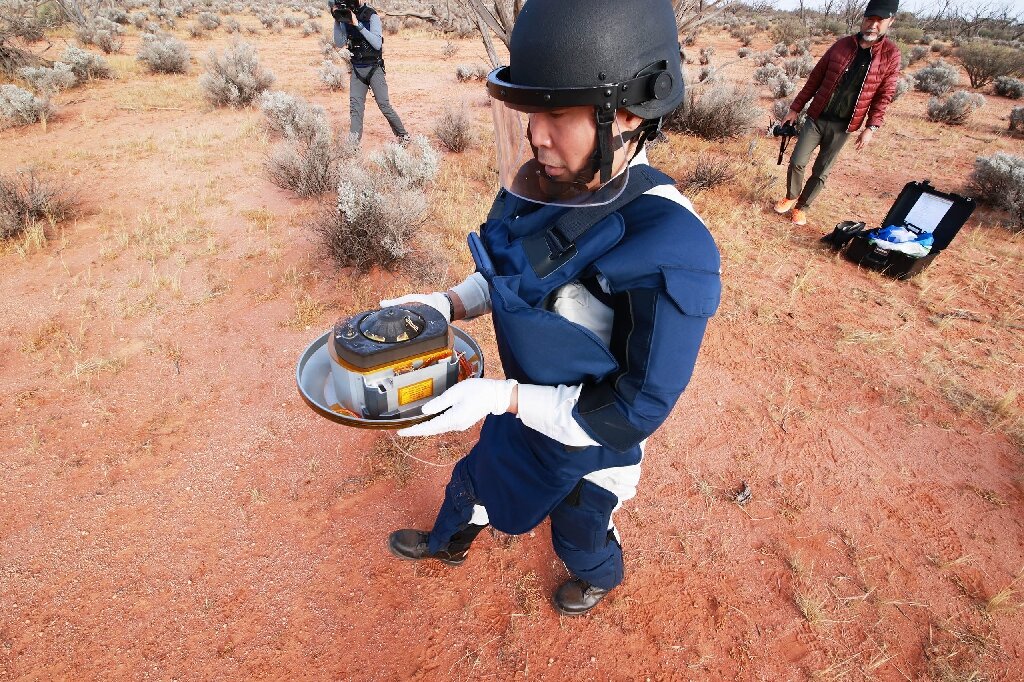Cat in post #19 said, "I know that there was a lot of moving around in the early Solar System."
My observation. Timely comment in view of the report on hot jupiters published in the October 2022 issue of Sky & Telescope magazine. Star Huggers, Sky & Telescope 144(4):28-33, 2022.
An interesting report on hot jupiters in the October issue of Sky & Telescope magazine, Oct-2022. HD 80606 b is an example. The exoplanet orbits its host star from 0.03 au out to 0.89 au (quite a bit of moving around). Attempting to explain the population of hot jupiters documented today in astronomy is difficult. 3 models are used. 1. in situ formation 2. disc migration (outer region to inner region) 3. tidal migration (planet-planet scattering interactions).
The article on page 30 shows most hot jupiters orbit their parent stars about 0.10 au or closer compared to Mercury, Venus, and Earth in our solar system. So, our solar system configuration is very different than the hot jupiter population documented today, a population of exoplanets that could rearrange smaller, rocky planets in those systems and make them very nasty places to live on.
As the report wrap ups, "This continued work is important because giant planets set the landscape for small planets. We think the formation and habitability of the solar system's rocky planets were affected by our giants' early history. Now that we know giant planets' histories vary dramatically from system to system, we can expect a wide range of consequences for rocky worlds. As the gas giants jostle each other, they can kick comets toward the star, delivering water to otherwise dry, rocky worlds. In other cases, violent encounters between larger planets disturb the paths of smaller ones, causing collisions and atmospheric loss. Giant planets migrating inward during the gas-disk stage may also bring icy embryos along for the ride, which then grow and merge into watery worlds. Far from being a story solely about giant planets, then, the answer to how these worlds came to be could have implications for small planets as well, including whether life could arise as it did here."
My observation. This model of exoplanet origins depends heavily upon catastrophism during planet formation, time, chance, and random impacts to create our Earth with life on it today as well as the postulated, protoplanetary disc sizes and masses needed in various simulations.
Using models like this for our solar system origin, the proto-earth avoided catastrophic consequences when evolving from the postulated disc. We have a Moon formed via giant impact(s), continents formed from various bombardments, plate tectonics from various impacts, water delivered via impacts, and life emerges and evolves during the period 4.5 to 2.5 Gyr ago in the Precambrian, that now appears to be a very impact active time. Indeed, solar system objects would be moving all around in the early solar system with catastrophic bombardments taking place as the chief means of creating life here on Earth




